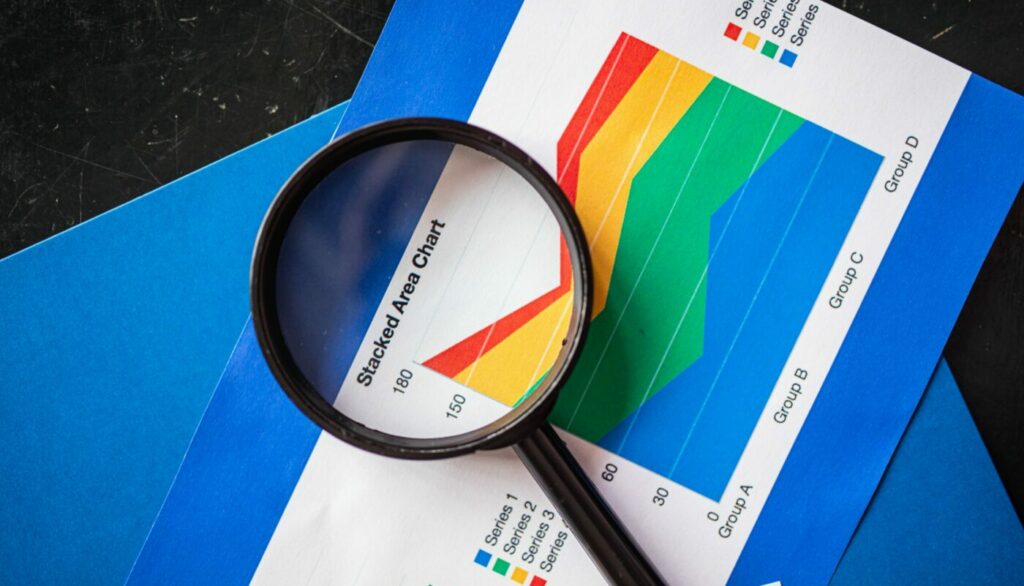How to Build Out Your Sales Pipeline for 2023

Building a successful sales pipeline is essential for any business. However, it takes much more than just perusing LinkedIn or having a process on paper. It’s important to provide visibility across the entire buying journey and ensure you have the tools needed to hit your targets and increase sales over time.
Without a strong sales pipeline in place, businesses big and small risk not being able to accurately track deal stages or identify stagnating opportunities. To avoid this problem and improve your chances of success, you should learn how to build out your sales pipeline.
In this blog post, we’ll explore what you should consider when building out your sales pipeline for success in 2023.
Stages of a Sales Pipeline
A sales pipeline is a visual breakdown of your sales process, from initial contact with a potential customer to the point of sale. When it comes to sales, there is no one-size-fits-all approach. However, most sales pipelines typically include the following stages:
Research
Research is critical to understanding your target market and identifying potential customers. In this stage, you will conduct market research, gather data on potential customers and define your buyer persona. This will help you identify your target market and understand their needs.
Lead Generation
Once you know who your target market is, it’s time to generate leads. In the lead generation stage, you create interest in your product or service in order to create a sales opportunity. Businesses use various marketing techniques to generate leads, including content marketing, search engine optimization, and paid advertising.
Lead Nurturing
The next step is to nurture the leads you generate. This involves building relationships with potential customers and providing them with valuable information to help them make buying decisions. The goal of lead nurturing is to move prospects through the sales pipeline faster by providing them with the knowledge, support, and resources they need via email marketing.
Lead Qualification
Not all generated leads are a fit for your business, and that’s why you need to qualify them. Considering specific factors, you can determine whether a lead will likely become a paying customer. A lead is a fit if they have a need for your product or service, a budget to make a purchase, the authority to make the decision, and are ready to buy.
Consultation
Qualified leads move to the consultation stage. In the consultation stage, you or your salesperson work to understand the prospect’s needs and pain points. You can do this through discovery questions and active listening. The goal is to identify whether there is a fit between what the prospect needs and what your company can provide.
Proposal
After the consultation, you will develop a proposal outlining your solution for the potential customer’s needs. Tailor the proposal specifically to each customer using information gleaned from the consultation so that they can see the value in what you are offering.
Sale
If the customer accepts the offer, you make the sale and close the deal. The sale stage doesn’t end with offer acceptance. You also have to ensure the customer has a positive experience with your product or service to earn repeat business and make them brand loyalists.
How to Build Out Your Sales Pipeline
To build out your sales pipeline, you need to:
1. List Your Potential Buyers and Pipeline Stages
It’s important to clearly understand your prospective buyers and what stage they’re at in the sales pipeline. This will help you determine how best to approach each potential customer and the information they need from you to make a purchasing decision.
To get started, list all the businesses or individuals who could be interested in your product or service. Once you have your list, start categorizing them into different pipeline stages if you have interacted with them.
2. Create Sales Activities for Each Stage of the Pipeline
For each stage in your sales pipeline, you’ll need to develop targeted sales activities to help move prospects closer to a purchase. This will enable you to target your marketing efforts better and have a higher chance of making a sale.
Activities include tasks like sending out promotional emails, offering free consultations or demos, making phone calls, and hosting webinars. Make sure that you tailor each activity to the needs and interests of the prospect by considering the stage they belong to in the pipeline.
3. Define How Long it Takes to Complete Your Sales Cycle
The success of your sales pipeline depends on how many sales cycles you can complete. The length of your sales cycle will depend on your product or service complexity, the customization required if any—and your lead sources.
It’s important to define a realistic timeline for each stage so you can effectively manage expectations, stay focused on closing deals, and manage the average length it takes your sales to cycle and complete.
4. Establish Your Target Pipeline Size
The next step is to decide how large you want your sales pipeline to be. Your company’s revenue goals determine the size of your sales pipeline. To calculate your ideal pipeline size, divide your annual revenue goal by the number of deals you close on average per month. The result is the total number of deals you need in your pipeline at any given time.
Also, it’s a good rule of thumb to have more than the number of required deals, twice possibly, because about 24% of your deals will likely become stagnant.
5. Delete Stagnant Pipeline Deals
When you look at your sales pipeline, it’s important to consider the quality of each deal, not just the quantity. Stagnant deals have been sitting in one pipeline stage for too long or have exceeded your average sales cycle length by a significant time and are unlikely to close.
If you have many deals that aren’t heading anywhere or are not moving forward, they’re just taking up space, and it’s time you clean the house. Delete them from your pipeline and make room for new and promising opportunities. And don’t worry about any guesswork here. Utilize a CRM and set up reminders at certain time stamps that will automatically notify you of stagnating deals.
6. Define Sales Pipeline Metrics
To track the effectiveness of your sales activities, you’ll need to define a set of metrics that will help you measure progress and identify opportunities for improvement. These could include metrics like close rates, average deal size, time-to-close, and customer satisfaction scores.
Building out your sales pipeline for 2023 with the right tools and strategies can help you maximize revenue potential. Additionally, invest in a personal CRM, like Contacts+, and pair it with a CRM to keep track of your important contacts and gain insights into each stage of your sales pipeline. Doing so will ultimately allow you to develop effective marketing campaigns, make better sales and business decisions throughout your organization, and provide important contacts with timely follow-up so you can reach new heights in 2023.





